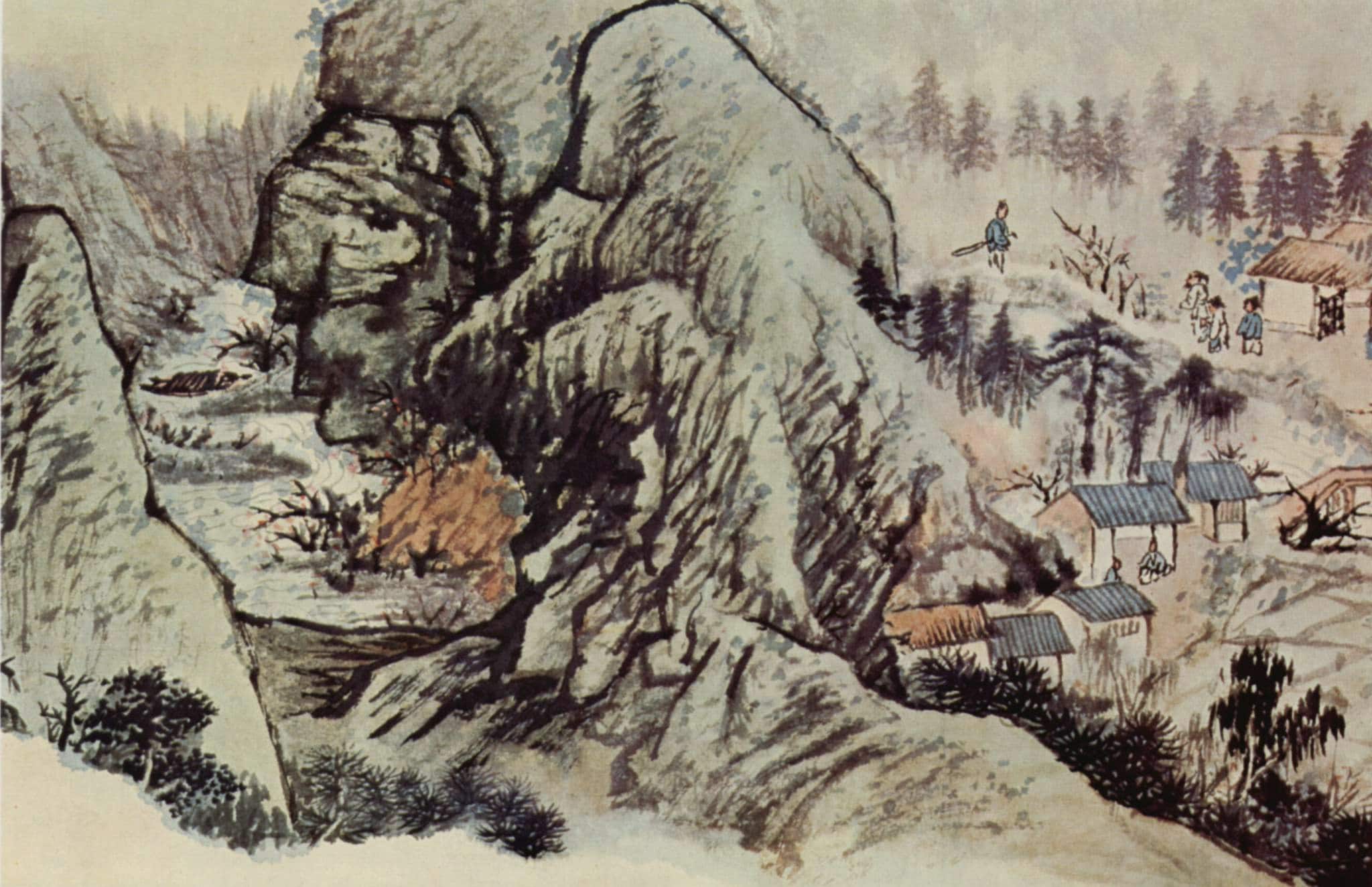It has recently started to become more and more apparent to me that Zen Buddhism, Taoism, yoga, Hinduism, and Jainism are all very inter-related, and that the western teaching of yoga is in fact much more than traditional (Krishnamacharya influenced) yoga based in Hinduism.
The definition of the Tao is a great replacement for the idea of what people really mean when they mention god, or the universe in modern context. The concept is almost completely equivalent to the Brahman (unchanging reality, universal life-force energy) of Hinduism.
A great definition of the eternal Tao:
“Look at it and do not see it: we call it invisible.
Listen to it and do not hear it: we call it inaudible.
Touch it and do not feel it: we call it subtle. . . .
Infinite and boundless, it cannot be named;
It belongs to where there are no beings.
It may be called the shape of no-shape,
It may be called the form of no-form.
Call it vague and obscure.
Meet it, yet you cannot see its head,
Follow it, yet you cannot see its back.” (chpt. 14)
As you can see, this fits perfectly as a substitute for Brahman, even the Zen concept of Nirvana. The eternal nothingness at the core of the somethingness of all of nature. They say that the normal human faculties are just not equipped to deal with this, very parallel to the Hindu idea of Maya, the illusion of consciousness. Buddhism just does away with it altogether and describes everything as illusory.
Really, the icing, cake, and decorations are all about forcing the body to breath in different ways, with gymnastic exercises for strengthening and purification of the body’s energies. Advanced techniques in all practices advise a lifting of the pelvic floor during breathing exercises. Mula Bandha. All focus on breath retention, seamless breathing, as well as forceful breathing in order to sit still and meditate for longer and longer periods of time.
Each has a medicinal system that compliments the physical practices of gymnastic and demanding physical posture, movement, and full body movements. All are focused on restoring the balances of energies in the body and aim for longevity, in many myths and legends giving rise to divine beings with superpowers.
All place emphasis on learning your own nature, learning how energy flows in the body, and aligning with a greater, universal nature. All place emphasis on detachment, especially from desire and quelling the senses.
All have very simple teaching that can take a lifetime to understand.
I don’t believe any one system is better or worse than another. They simply have different ways of teaching and expanding knowledge within the body and the mind. I know a lot of Ashtanga yogis want to believe that the six series ‘ARE THE ONLY PERFECT’ Series, but I find this to be a load of crap. The same crap Catholics spew when they tout the necessity of communion and how you need communion, reconciliation, or some other traditional method to be cleansed. There are always other ways. So maybe the primary series is great for learning, but like the bible, it is one source that we draw from when formulation hypothesis, or formulating our ideas about how things tend to operation and function. To view one path as superior is the only way to be wrong, because surely, an alternate path has the possibility to be better for a different person.
So I don’t drink cool-aid. If it seems to easy, then it is. Once you think you are right, you are wrong, so I stay skeptical because I haven’t been convinced by evidence yet. And the evidence would be the person in front of me.
This is why I think I came across the world to practice with a traditional guru in a traditional system (75 years old). Because I wanted to explore the experience and I knew that I would learn more about myself and my world in the process.
I’ll conclude by showing you a couple of ritualistic preparatory exercises used by Taoism and Ashtanga, which I find to be incredibly similar and yet depicts some of the different approaches to the same problem.
Translated opening incantation for Taoism:
“In my room, the seven jewels come together,
Doors and windows open of themselves.
Utter in my purity, I strive for deeper truth,
Riding on bright light, I ascend the purple sky.
Sun and moon shine to my right and left,
I go to the immortals and find eternal life.”
Opening chant of the Ashtanga Practice:
“I bow to the lotus feet of the Supreme Guru
which awaken insight into the happiness of pure Being,
which are the refuge, the jungle physician,
which eliminate the delusion caused by the poisonous herb of Samsara (conditioned existence).”

